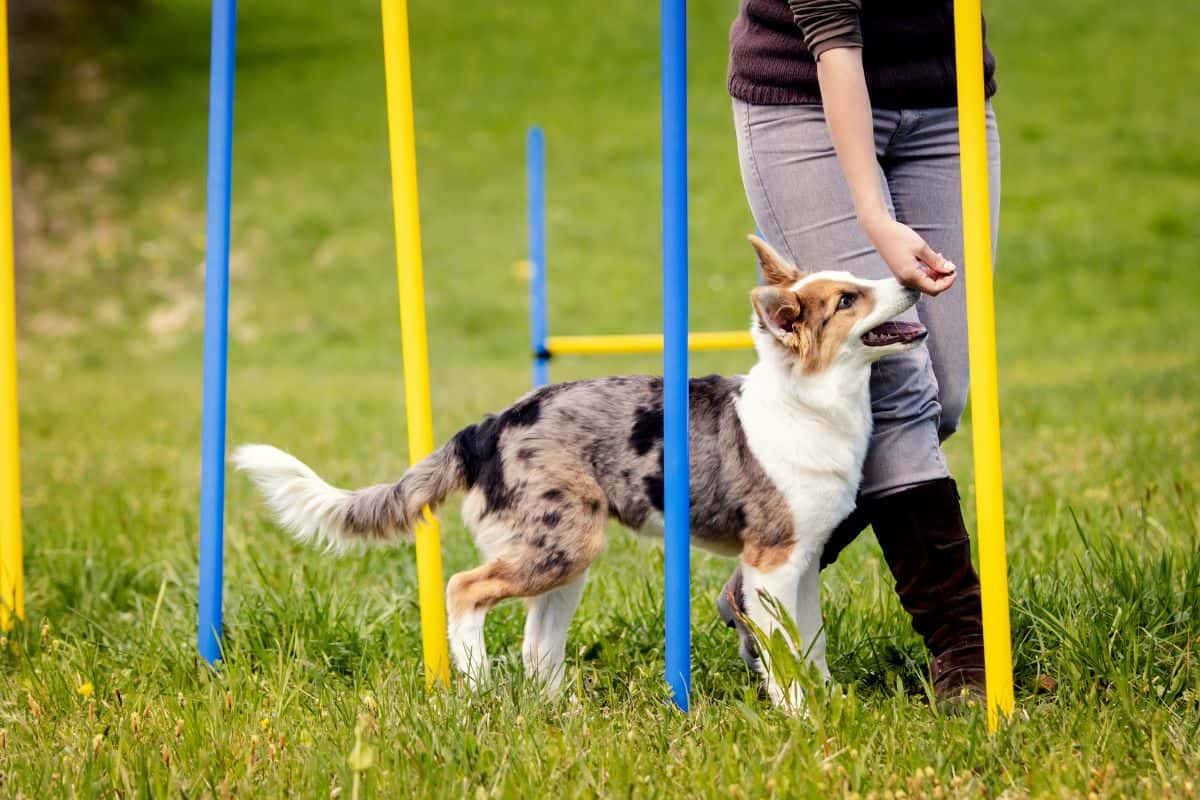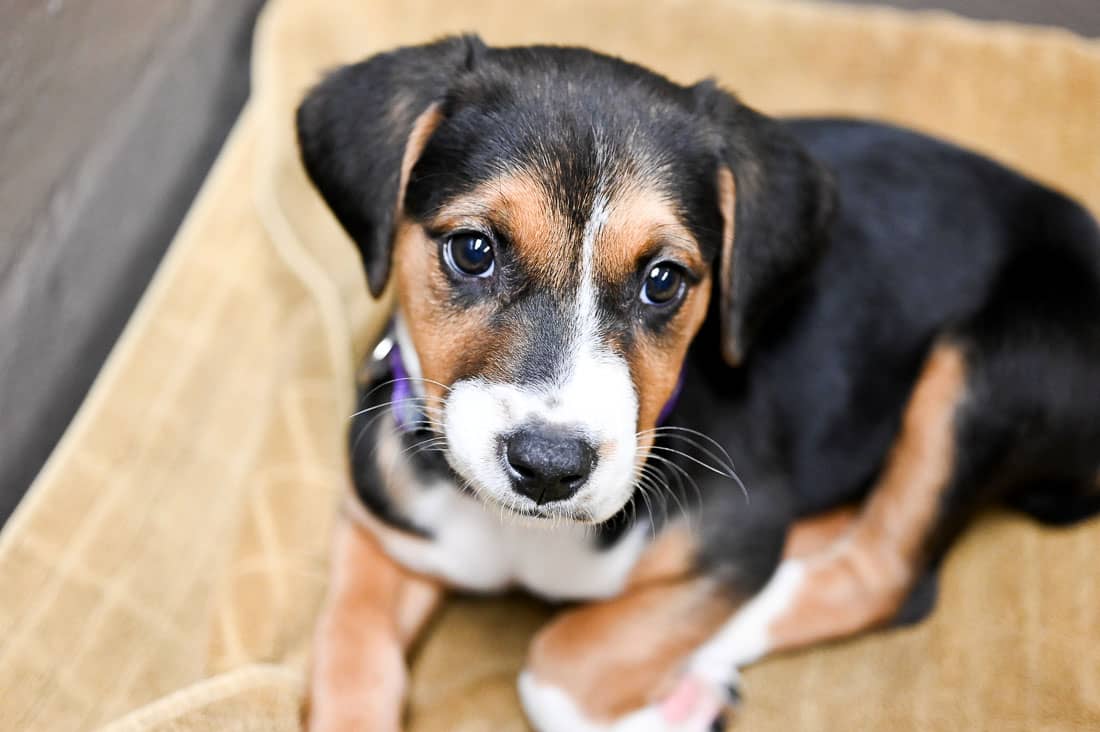The Ultimate Guide to Favorable Support in Dog Training
Wiki Article
Essential Tips for Successful Dog Training: An Overview for Animal Owners
Effective canine training is a complex process that requires a calculated strategy customized to both the animal's temperament and the owner's objectives. Key parts such as establishing consistent commands, employing favorable reinforcement, and promoting early socialization play important duties in cultivating a well-adjusted canine buddy. Many pet dog proprietors experience obstacles that can hinder progress, leading to disappointment and uncertainty. Comprehending exactly how to navigate these obstacles can significantly enhance the training experience, inevitably changing the connection between owner and dog. What are the vital approaches that can be utilized to make sure success in this venture?Comprehending Dog Habits
Understanding dog actions is necessary for effective training and cultivating a harmonious partnership in between canines and their proprietors. Dogs interact mainly through body movement, articulations, and actions, making it crucial for proprietors to analyze these signals precisely. Identifying a canine's stance, tail placement, and ear positioning can give insights right into its emotional state. A wagging tail does not always suggest happiness; it can likewise indicate enjoyment or stress and anxiety.
Socializing plays a substantial duty in pet actions; direct exposure to various settings, individuals, and various other animals can significantly influence a dog's character. Furthermore, variables such as type features and specific character must guide training methods, as some breeds might have details behavior attributes that necessitate customized strategies. By understanding these elements, proprietors can create an encouraging setting that motivates positive actions, resulting in successful training end results and a much deeper bond with their animals.
Establishing Constant Commands
Effective interaction with your pet dog begins with establishing regular commands. This fundamental component of training is crucial for cultivating understanding between you and your pet. Uniformity in the commands you use guarantees that your dog can reliably connect specific words or expressions with the wanted behaviors.When selecting commands, select clear, distinct words that are simple to separate and claim from one another. Stay clear of making use of similar-sounding commands that might perplex your canine. For instance, using "rest" and "remain" is proper, yet "sit" and "hit" can bring about misunderstandings.
Furthermore, keep the very same tone and volume for each and every command. Pets are sensitive to vocal signs, so varying your tone can produce complication.
It is similarly vital to ensure that all member of the family get on the very same page regarding the commands used. A united front in command use will certainly stop mixed signals and reinforce the learning procedure.
Positive Reinforcement Techniques
The power of positive support in pet dog training lies in its ability to encourage preferred habits with rewards and appreciation. This method is grounded in the concept that habits followed by beneficial results are more probable to be repeated. By including positive support right into your training program, you can efficiently form your pet dog's behavior in a positive way.To execute favorable reinforcement, it's necessary to recognize what inspires your canine, whether it be deals with, toys, or spoken praise. When your pet does a wanted activity, such as resting on command, promptly award them with a reward or affection. This organization in between the command and the positive end result strengthens their understanding.
It's critical to timing the benefits properly; delivering the reinforcement within secs of the preferred actions helps your pet make the connection (dog training). In addition, consistency is crucial-- ensure that all member of the family use the exact same commands and incentive systems to avoid confusion

Progressively, you can decrease the regularity of deals with as your pet finds out the habits, transitioning to applaud or recurring rewards. This approach not only promotes a solid bond between you and your canine however Continued additionally promotes a positive discovering setting, making educating a pleasurable experience for both.
Socialization and Interaction
Continually revealing your dog to a range of environments, people, and various other pets is vital for their social growth. Socializing must start early, preferably throughout the critical window of 3 to 14 weeks, when puppies are most receptive to new experiences. Older dogs can also benefit from ongoing socializing efforts.Introduce your dog to different setups, such as parks, pet-friendly shops, and metropolitan locations. This direct exposure assists them adapt to different stimuli, reducing anxiety and anxiety actions. Urge favorable interactions with other pets and people, making sure that these encounters are regulated and risk-free to foster self-confidence.
Use structured playdates with genteel pet dogs, as this can enhance your pet's social abilities and instruct them appropriate actions. Obedience classes and training sessions additionally offer excellent possibilities for socialization, permitting your canine to connect with others in a monitored environment.
Display your canine's body movement during interactions, as this will certainly aid you evaluate their convenience level. Slowly boost exposure to even more challenging circumstances while ensuring that each experience declares. A well-socialized dog is more probable to show balanced actions, making them a pleasure to have in any kind of setting.
Resolving Common Training Difficulties
Every dog owner will certainly encounter training difficulties at some time, no matter their canine's age or socializing level. Recognizing common issues such as stubbornness, diversions, and terror can assist in establishing effective techniques for improvement.
Progressively present diversions as the dog ends up being much more skilled in commands. Short, constant training sessions are likewise efficient in keeping interest.
Terror can impede a pet dog's learning procedure. Steady desensitization to the resource of concern, coupled my explanation with positive support, can assist ease stress and anxiety. Patience is important; never compel a pet dog into a situation that creates distress, as this may intensify the issue.
Inevitably, understanding and resolving these typical challenges with an organized strategy will certainly promote a more effective training experience, strengthening the bond in between pet dog and owner while promoting reliable knowing.
Conclusion
In recap, successful pet training depends on a detailed understanding of canine behavior, the facility of consistent commands, and the application of favorable reinforcement strategies. Socialization plays an essential duty in establishing well-adjusted pet dogs, while dealing with usual training obstacles requires perseverance and adaptability. By carrying out these important approaches, family pet owners can promote a solid bond with their canines and advertise desirable habits, ultimately causing an unified partnership in between human beings and their canine companions.Understanding pet dog habits is vital for reliable training and fostering an unified partnership between pooches and their owners.Socialization plays a substantial role in canine habits; direct exposure to numerous atmospheres, individuals, and various other pets can significantly affect a pet dog's personality.The power of favorable reinforcement in canine training exists in its capacity to urge wanted behaviors with benefits and appreciation. By including favorable support right into your training routine, you can properly shape your pet dog's habits in a constructive manner.
In summary, navigate to this website successful dog training relies on a detailed understanding of canine actions, the facility of consistent commands, and the application of positive support strategies.
Report this wiki page